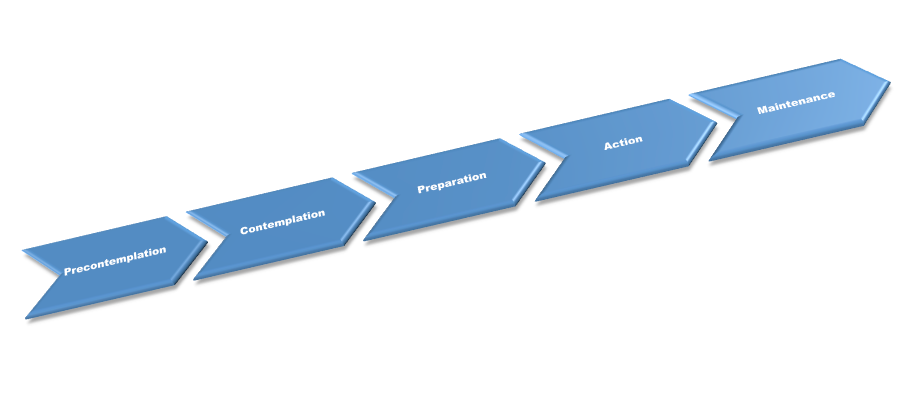
Advance care planning is a process; a seemingly hard to do, hard to document process that we just aren’t very good at doing. No wonder, as to do it right involves multiple different steps like choosing a surrogate decision maker, identifying what is most important in life, and communicating these wishes to loved ones and other clinicians. Making it harder is the finding from Terri Fried and others that older individuals are in different phases of readiness to engage in these different aspects of advance care planning.
So how do we get individuals to engage in the advance care planning process? A new and potentially game changing way is to use technology to move individuals along the different stages of behavior change (i.e. from pre-contemplation to higher stages such as contemplation, preparation, and action) for each component of advance care planning. A new publication in the Journal of Pain and Symptom Management suggests that the PREPARE website, designed by Dr. Rebecca Sudore and colleagues, can help patients engage in the process of advance care planning.
To learn more about the website, check out our previous posthere. In a nutshell, the website uses a videos and a step-by-steps process to guide patients and their family members through the process of advance care planning, focusing on five important steps:
- Choosing a medical decision maker
and ask them to serve in that role - Deciding what matters most in life and for medical care
- Deciding on leeway for the surrogate decision
maker (i.e., permission to modify the patient’s
previous decisions based on new clinical
information and what is in the patient’s best interest
at that current moment) - Communicating wishes with surrogates, clinicians, and
other family and friends - Asking doctors the right questions to make informed medical
decisions
What They Did in This Study
This pilot study assessed an individual’s behavior change for multiple steps of the advance care planning process after viewing the PREPARE website. This assessment involved using newly validated surveys that measure behavior change constructs such as knowledge, self-efficacy, and readiness to engage in multiple advance care planning behaviors. The authors also assessed whether an advance care planning behavior was completed and whether participants progressed along the behavior change pathway (i.e., pre-contemplation to higher stages such as contemplation, preparation, action, and maintenance).
Results of the Pilot Study
The authors recruited 43 ethnically and culturally diverse older adults from low-income senior centers in San Francisco. Importantly, over one-third of these participants had limited health literacy and over 90% had never used a computer before.
Comparing results from baseline to one week later, PREPARE was able to:
- Improve behavior change process scores for all advance care planning behaviors.
- Move people along the behavior change pathway from pre-contemplation (never thought about it) to higher stages of behavior change such as contemplation, preparation, and action.
- Even among this older population, of which many had limited health and computer literacy, PREPARE was rated
easy to use
Take Home Point
We are still awaiting the results of much bigger and ongoing randomized trials of the PREPARE website. However, these results suggests that incorporating tech like the PREPARE website can improve advance care planning by getting older adults engaged in the process.
by: Eric Widera (@ewidera)



